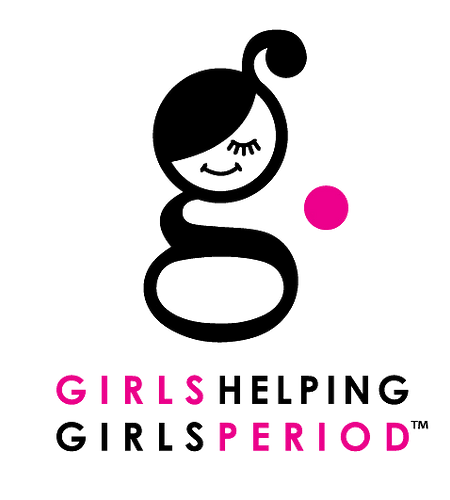Thousands of students would miss school this year due to an issue that is solvable if we all took just a few simple, effective, and fairly inexpensive steps. (Not talking about masks, but those are needed, too!) Here are four things you should know about period poverty at school, and what you can do about it.
- Only a handful of states, including California, New York, Illinois, New Hampshire, Virginia, and Washington, currently mandate that students have easy, free access to menstrual products at school. That means students in most of the US lose valuable class time, often waiting in line at the nurse’s office if an emergency arises or simply missing school altogether. This is simply unacceptable.
What you can do: Reach out to your legislators and demand they draft or pass legislation that would make pads and tampons free and easily accessible in school bathrooms, in the same way toilet paper is.
Click here to learn more about the bills pending in NJ, the home state of Girls Helping Girls. Period.
2. It’s not hard to imagine having to use the bathroom in school to, say… urinate. A student raises their hand, asks to be excused, may be handed a hall pass, and is back in their seat in just a few minutes. Now imagine you are a fifth or sixth-grade student whose periods are not quite regular and who realizes a need to use the bathroom quickly. They don’t have a pad with them, and they, instead of heading to the bathroom, have to stand in line at the nurse’s office (why the nurse’s office? They aren’t sick!) to be triaged. When they finally get what they need, they have missed most of the class period, if not all of it. Does that make sense? Of course, it doesn’t.
What you can do: Talk to your school administrators, counselors, and healthcare providers about moving menstrual products to the bathroom where they are needed. By making students go through a complicated routine to access basic necessities, we signal to them that we don’t understand their needs and that what is happening to them is not a normal, manageable part of life.

3. According to the State of the Period 2021 survey of 1,010 U.S. teens who menstruate ages 13 to 19, period poverty has jumped to nearly a quarter of all students (up from 1 in 5 in 2019). On top of not having the products to manage periods in school, many students’ families struggle to afford them at home, limiting their ability to even get to school. Furthermore, EVERY STUDENT, no matter their ability to afford products, will experience an emergency when they do not have what they need when their period comes unexpectedly or is heavier than they thought it would be. It happens to everyone. We must offer free, easy access to pads and tampons for everyone.
What you can do: Lobby your school board to budget for products that are free in restrooms for students. It may surprise administrators to learn that offering free products is not nearly as costly as they imagine. Once students know they can rely on items being there, they treat them as they do toilet paper, with little abuse. Costs can be as little as $10/student/year to ensure that every single person has what they need when they need it.
4. Well-meaning volunteers donate period products to schools, allowing those in charge to believe managing the issue of period poverty is not their responsibility. (GHGP used to be among them.) All schools in the United States budget for toilet paper, soap, and paper towels. They do so because those items are basic needs for keeping students healthy. So why should period products not make the list? The US Department of Education’s mission “is to promote student achievement and preparation for global competitiveness by fostering educational excellence and ensuring equal access.” Toilet paper and tampons ensure equal access.
What you can do: It may sound counter-intuitive, but don’t donate menstrual products directly to schools. Work with school social workers to get products directly to students in need by offering kits that can be taken home. Donate through food pantries that support families in the community. And it bears repeating, take a stand with the school board to demand they provide free products to students in the schools. Attendance rates go up when students have what they need; NYC piloted a project that showed an attendance increase of 2.4% when students were provided free pads.
To learn more about the issues facing students and others, check out the RESOURCES section of our GirlsHelpingGirlsPeriod.org. There are STATS and FACTS to put the issues in context. And information about WORKSHOPS for students and corporate groups to learn more about period poverty, menstrual management, and how you can help. And if you’d like guidance on how to implement any of the items in this article, reach out.

